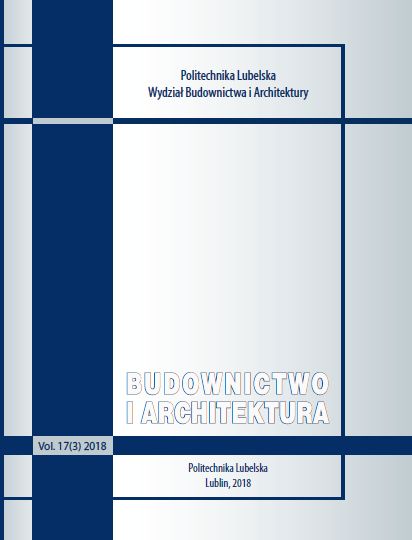Przemiany przestrzeni w otoczeniu arterii komunikacyjnej na przykładzie ciągu ulicy Mogilskiej w Krakowie
Spatial transformations in the surroundings of a transportation artery. The case of Mogilska street in Kraków
Author(s): Tomasz BajwolukSubject(s): Architecture, Rural and urban sociology
Published by: Biblioteka Politechniki Lubelskiej
Keywords: city;transportation artery;spatial structure
Summary/Abstract: The aim of the article is to present transformations of space in the surroundings of Mogilska street in Kraków. The artery is a main transportation route connecting central Kraków with Nowa Huta. The field research conducted by the author cover Mogilska and Jana Pawła II streets, from Mogilskie roundabout, to Czyżyńskie roundabout and further on up to Ronald Reagan Centralny Square in Nowa Huta. The surroundings of the presented transportation artery were created in different periods of time and their functional and spatial structure is an interesting example of form and function diversity and its influence on how the space and character of the street is perceived. Although the street plays an important compositional role in the structure of the city as it connects two districts of Kraków, the dominant transportation function prevents it from becoming an attractive city street standing out in the city space due to the character and quality of its surroundings. The analysis of land use, development form and compositional relations points out to the potential of this artery stemming primarily from its role – unique in the scale of the city – as a connection between two initially independent urban organisms: historic Kraków and Nowa Huta, which potential remains largely untapped. The three major spaces: Mogilskie roundabout, Czyżyńskie roundabout and Centralny Square still remain dominant transportation hubs in the space of the artery with limited pedestrian traffic, in spite of all the development effort to prevent this. The situation does not promote integration of space, and the newly erected facilities, despite their modern form, are able to improve the attraction of the surroundings and urban fabric quality only locally. The issue in question highlights the significance of designing the surroundings of an urban transportation artery for the improvement of its attraction and compositional identification in a space. An important component is the artery itself as a transportation route, its width, course and infrastructure, but also the scale, form and function of its surroundings. Rational development of such surroundings in the compositional and functional aspect may, as a result, produce an attractive and functionally interconnected urban space, as well as invigorate individual parts of the city and promote integration of the surrounding areas.
Journal: Budownictwo i Architektura
- Issue Year: 17/2018
- Issue No: 3
- Page Range: 57-66
- Page Count: 10
- Language: Polish

